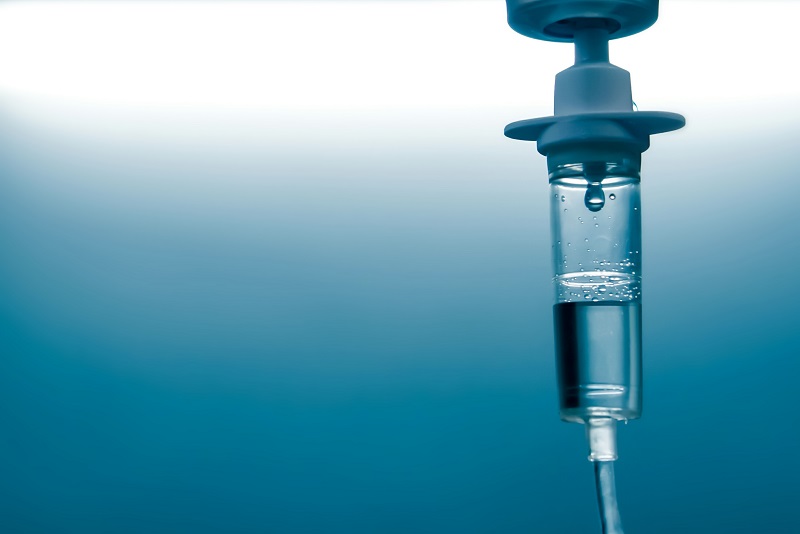laryngopharyngeal reflux
laryngopharyngeal reflux
ESSENTIALS OF DIAGNOSIS
Treatment
failure with proton-pump inhibitors is common and suggests other etiologiesGastroesophageal reflux into the larynx (laryngopharyngeal reflux) is considered a cause of chronic hoarseness when other causes of abnormal vocal fold vibration (such as tumor or nodules) have been excluded by laryngoscopy
Gastroesophageal reflux disease (GERD) has also been suggested as a contributing factor to other symptoms, such as throat clearing, throat discomfort, chronic cough, a sensation of postnasal drip, esophageal spasm, and some cases of asthma
Since less than half of patients with laryngeal acid exposure have typical symptoms of heartburn and regurgitation, the lack of such symptoms should not be construed as eliminating this cause
Indeed, most patients with symptomatic laryngopharyngeal reflux, as it is now called, do not meet criteria for GERD by pH probe testing and these entities must be considered separately
The prevalence of this condition is hotly debated in the literature, and laryngopharyngeal reflux may not be as common as once thought
Evaluation should initially exclude other causes of dysphonia through laryngoscopy; consultation with an otolaryngologist is advisable
Many clinicians opt for an empiric trial of a proton-pump inhibitor since no gold standard exists for diagnosing this condition
Such an empiric trial should not precede visualization of the vocal folds to exclude other causes of hoarseness
When used, the American Academy of Otolaryngology—Head and Neck Surgery recommends twice-daily therapy with fullstrength proton-pump inhibitor (eg, omeprazole 40 mg orally twice daily, or equivalent) for a minimum of 3 months
Patients may note improvement in symptoms after 3 months, but the changes in the larynx often take 6 months to resolve
If symptoms improve and cessation of therapy leads to symptoms again, then a proton-pump inhibitor is resumed at the lowest dose effective for remission, usually daily but at times on a demand basis
Although H2-receptor antagonists are an alternative to proton-pump inhibitors, they are generally both less clinically effective and less cost-effective
Nonresponders should undergo pH testing and manometry
Twenty-four-hour pH monitoring of the pharynx should best document laryngopharyngeal reflux and is advocated by some as the initial management step, but it is costly, more difficult, and less available than lower esophageal monitoring alone
Double pH probe (proximal and distal esophageal probes) testing is the best option for evaluation, since lower esophageal pH monitoring alone does not correlate well with laryngopharyngeal reflux symptoms
Oropharyngeal pH probe testing is available, but its ability to predict response to reflux treatment in patients with laryngopharyngeal reflux is not known


















